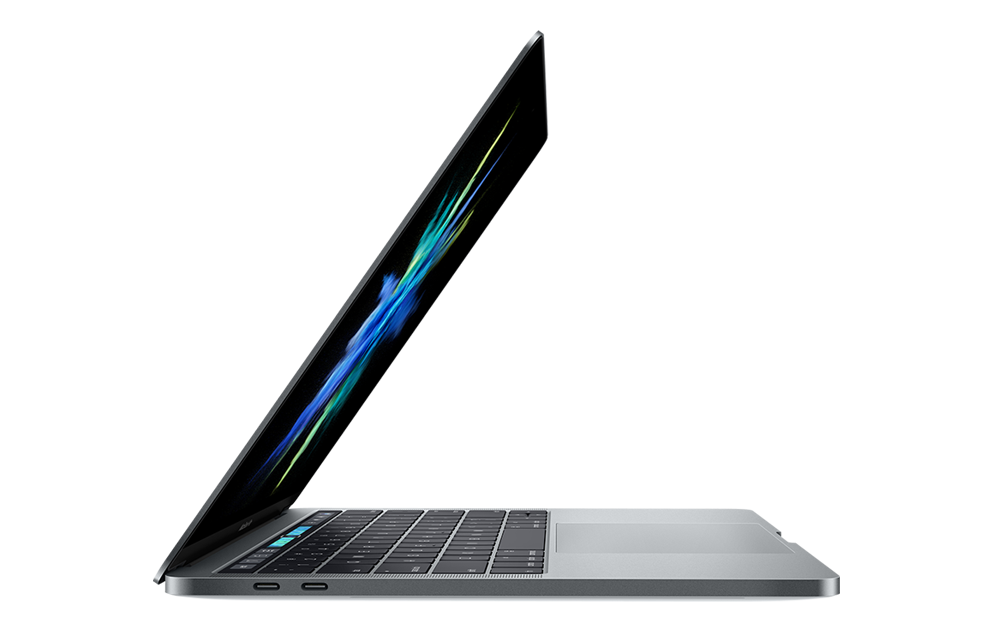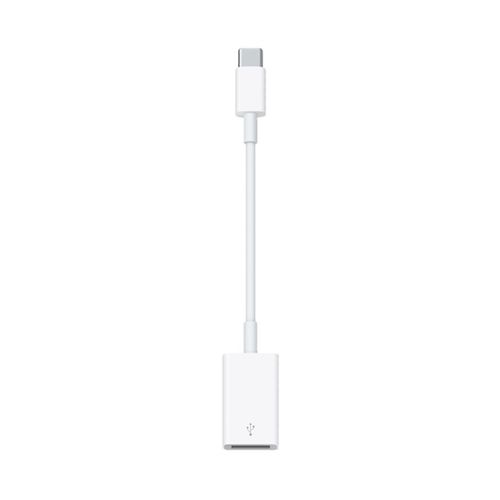
With the new Late 2016 MacBook Pros with USB-C ports, we’re officially in the Apple Transition Phase. The new MacBooks are thinner and lighter. And USB-C is a versatile port. The future where all of our accessories use USB-C is going to be great. But we’re not there yet. To make it through this tough year or two, through the transition period, we’ll need the help of the unsung heroes – dongles and cables (or as Apple calls them – adaptors).
Depending on just how much of pro work you do on the MacBook Pro, your adaptor needs might differ. So below we’ve got a lot of all the possible dongles you might need. Choose the ones that fit the bill for you.
1. USB-C to USB

The world around you is still the same. Everyone still has hard drives and thumb drives running the traditional USB-A port. Even the iPhone’s charging cable has the USB port at the other end. So it would be wise to get this convertor, multiple ones, and keep them all around your house, workplace and your bag.
Until the end of the year, Apple is selling this adapter for just $9.99. So better stock up.
Buy: USB-C to USB Adapter ($9.99)
2. USB-C to Lightning

If you don’t want an adaptor but want to charge/sync your iPhone or iPad directly from the MacBook, your best option is the USB-C to Lightning adaptor. You can also get it in 2m version. You can also go all in on USB-C to Lightning, even for charing from wall adaptor, by buying Apple’s USB-C wall adaptor.
Buy: USB-C to Lightning Cable ($19)
3. USB-C to Thunderbolt 2
Thunderbolt stuff is never cheap and this adaptor continues that trend. The USB-C ports on the MacBook are Thunderbolt ports. If you’ve got an old Thunderbolt 1/2 accessory lying around – like a backup drive or a monitor, this is the adaptor you’ll need.
Buy: USB-C to Thunderbolt 2 Adapter ($29)
4. USB-C to DisplayPort (and mini DisplayPort)
If you’ve got a monitor that connects over the DisplayPort or mini DisplayPort standard, you’ll of course need a dongle for that. Apple themselves don’t have a dongle for it so you’ll need to go hunting on Amazon. Here’s what we found.
Buy: Plugable USB-C to DisplayPort ($20), USB-C to Mini DisplayPort ($17)
5. USB-C SD Card Reader
The lack of a physical SD card reader was the most upsetting part of the new MacBook when it came to photo and videography pros. But well, this is the future Apple is inking. And to get on the train, you’ll need to bring your own SD card reader. Third party SD card readers are available at an extremely cheap price but I’d urge you not to fall for them, they’re only trouble.
The good thing is that Apple themselves sells SanDisk’s SD Card reader that is trustworthy. Currently for $29.
Buy: SanDisk Extreme Pro SD UHS-II Card USB-C Reader ($29)
6. USB-C to HDMI
The majority of conference halls and lecture rooms finally got upgraded to HDMI connectors (as supposed to the VGI). And there’s no way they’re going away soon. So you’ll need to carry around USB-C to HDMI adaptor. Apple has a USB-C Digital AV Multiport Adapter that has USB and USB-C ports along with HDMI. The dongle though, costs $49.99. Of course, there’s always low-cost third party options.
Buy: USB-C Digital AV Multiport Adapter ($49), Aukey’s USB-C to HDMI Adapter ($20)
7. USB-C to DVI (and VGA)
For offices and projects that are still not equipped with HDMI, you’ll need to travel back in time. To DVI and (hopefully not) VGA land. You’ll find the Belkin VGA adapter and the Apple store but for DVI you’ll need to look at Amazon.
Buy: Belkin USB-C to VGA Adaptor ($29), Kanex USB-C to DVI Adaptor ($17)
8. USB-C to Ethernet
Wi-Fi is pretty strong these days. But for certain kinds of pros, especially the kind who code, they need an absolutely stable internet connection. Pretty strong won’t do. For them, there’s the USB-C to Ethernet connection. This might be the least offensive adaptor as pros have been used to this once since 2012, when the original Retina MacBook Pro first removed the ethernet port (and of course, before that, the Air).
Buy: Belkin USB-C to Gigabit Ethernet Adapter ($26)
If you need all the dongles, then it would cost you more than $200 to buy them.
Which Ones Did You Get?
Which adaptors did you order? And exactly how bitter are you about it? Share with us in the comments below.